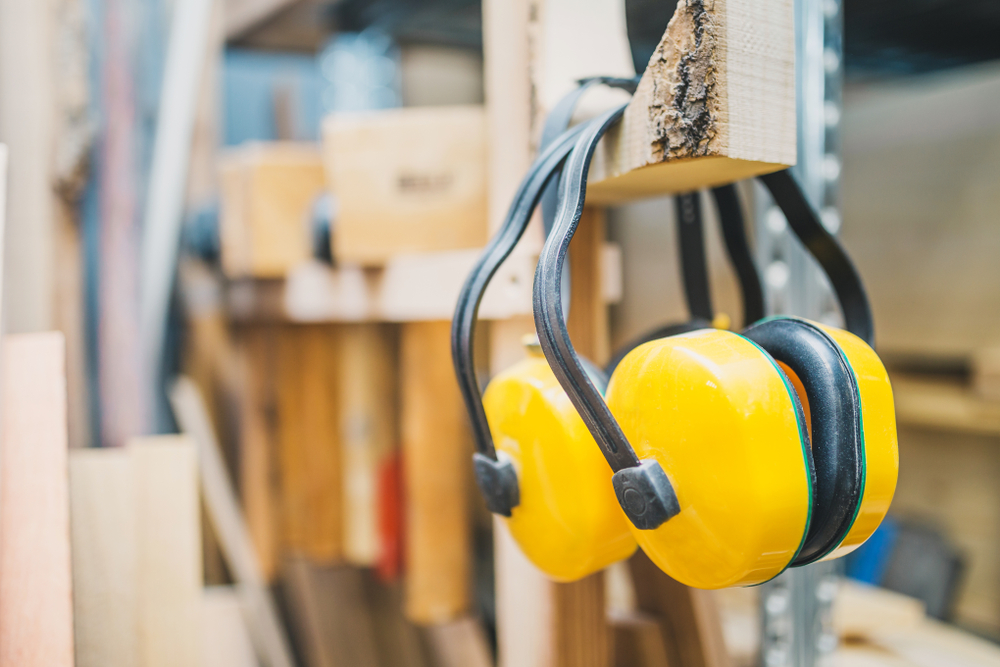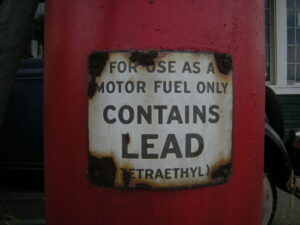
Is hearing protection enough?
Companies throughout South Africa are required to conduct Occupational noise risk assessments, firstly to protect their employees from potential Noise-Induced Hearing Loss (NIHL), and secondly to comply with South African legislation. But is a Noise survey alone enough to provide an accurate indication of the NIHL risk?
Traditional noise surveys conducted within many industries have been compared against the NIOSH recommended exposure limit of 85dB(A) 8-hour time-weighted average. The concern is that if the survey concludes that the 8-hour TWA has not been exceeded the area and/or activity is deemed safe, without taking into consideration the effects of potential ototoxicants.
An ototoxic substance can be defined as a chemical which could contribute to potential hearing loss. This is caused when said chemical enters the bloodstream via either inhalation, ingestion or (less prominently) inadvertent ingestion. This ultimately leads to the substance interacting with the cochlea and/or auditory nerve pathways in conjunction with the brain causing either a sudden or gradual loss of hearing as a result of damage to the hair cells within the ear.
These chemicals are defined as either, neurotoxicants, cochleotoxicants or vestibulotoxicants depending on the region where damage is caused to the ear. Neurotoxicants tend to target and damage the nerve fibres linking the auditory inputs and the nervous system including the brain itself which interprets electrical signals or nerves relaying said signals. Cochleotoxicants target and damage the internal hair cells of the cochlea itself which act as the receptors of sound waves converting mechanical movement into electrical signals and vestibulotoxicants tend to affect the hair cells on the spatial orientation and organs used for balance. Ototoxicants may also cause a decrease in antioxidant presence within the inner ear, chemical poisoning of hair cells, neurotoxic effects, cellular calcium regulation (which controls the hair cell growth) and decreased shock absorptive quality of the inner ear (Shaw, 2018).
These chemicals, in addition to noise exposure, can lead to adverse health effects such as noise-induced hearing loss (NIHL), tinnitus, heart diseases and heightened cholesterol levels. This can be explained by an enzyme which is triggered by free radical formation in the cochlea as per exposure to high noise levels. This enzyme is a vasoconstrictor indicating decreased blood flow and overall oxygen to the cells in the inner ear leading to oxidative stress. These health effects of ototoxicants vary depending on the frequency, duration and intensity of noise exposure and overall exposure dose to chemicals which may affect hearing sensitivity while causing a standard threshold shift.
The catch with ototoxins is that, unlike noise exposure, once the source and individual have been separated, the factors causing damage do not cease. Many ototoxicants, in combination with noise exposure, have been defined as being synergistic, meaning that the combined effect of the ototoxin and the noise results in a larger total threshold shift compared to additive effects thereof. This indicates that even noise levels significantly lower than the action level might comply with the above-mentioned standard, but still maintain an elevated risk of hearing loss depending on the state of the synergist effects thereof (Ghent, 2016).
Standards and regulations:
There seems to be a gap in Occupational Hygiene Survey Standards and the evaluation of noise exposure with considerations of ototoxic substance exposure. Each Ototoxic chemical has its own Occupational Exposure Limit (OEL) to set measurement standards to protect the workers from potential adverse health effects. The same has been mentioned for noise above, the predicament with this is set in the fact that noise surveys focus on the physical stressor of noise alone rather than considering the source of a potential chemical factor which may enhance the adverse effects of noise. The same can be said for the OELs as they do not consider the addition of noise exposure. There has not been enough research conducted to determine new exposure limits based on co-exposure to noise and ototoxins. This helps indicate the overall importance of multiple protection systems and control systems that must be implemented while understanding that more than one stressor may play a role in hearing damage. With this being said, it is important to place focus on Occupational Hygiene surveys when determining noise levels that the 8-hour TWA of 85db(A) may be legislatively sound but may not be enough to confidently protect workers from hearing damage in the presence of ototoxins. This also places the need for all-inclusive surveys within an industry as noise alone does not play the only role, and chemical monitoring must be linked to noise surveys. One of the biggest determining monitoring courses when it comes to the effects of ototoxins is that of annual audiometric testing, as this gives a baseline of hearing capability and measures any decline from there, which then elicits an investigation of the cause (Shaw, 2018).
Control measures:
There has been a call for increased research efforts on the effects of compound exposure to noise and ototoxins, but until new OELs are set for these chemical substances there are a few control measures and precautions which could be implemented. Firstly, within all occupation hygiene risk assessments, the concept of co-exposure should be considered, the introspection of periodic audiograms to determine the effectiveness of control measures and the identification of potential ototoxins through hearing impairment results and limiting dermal exposure whereby ototoxins have been deemed present. It is also important to increase employee awareness and training in identifying ototoxins and understanding the effects of these chemicals on hearing damage. One crucial factor also put into play is that of a new notation factor, similar to that of skin notation, OTO notation specific to ototoxic chemicals.
The questions are thus posed.
At what noise level should employees who have been exposed to ototoxins have audiometric tests conducted? Should employees who have been exposed to noise levels >85 dB(A) go for an audiogram?
Is hearing protective equipment adequate to prevent noise-induced hearing loss in the presence of ototoxin exposure?
Shaw, E., 2018. The Ear Poisons: an Introduction to Ototocicants. [Online]
Available at: https://synergist.aiha.org/201811-the-ear-poisons
[Accessed 31 October 2021].
Ghent, R. M. J., 2016. Can Industrial Chemical Exposure Cause Hearing Loss. [Online]
Available at: https://ohsonline.com/Articles/2016/06/01/Can-Industrial-Chemical-Exposure-Cause-Hearing-Loss.aspx
[Accessed 31 October 2021].
Rathner, J. L., 2018. Common Chemicals Create risk of Hearing loss. [Online]
Available at: https://www.lhsfna.org/common-chemicals-create-risk-for-hearing-loss/
[Accessed 31 October 2021].
Rodrigues, F. & Olivera, M. B., 2015. Cell-Based in Vitro Models for Dermal Permeability studies. [Online]
Available at: https://www.sciencedirect.com/topics/medicine-and-dentistry/skin-absorption
[Accessed 2021 October 2021].








